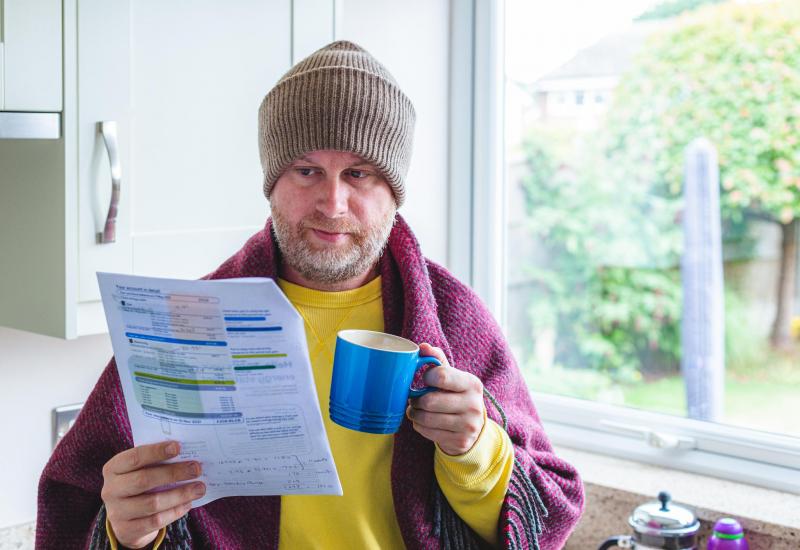Strategies for a Smooth Retirement on a Fixed Income
(NewsUSA) - When making financial plans for retirement on a fixed income, remember that your retirement life at the beginning is not how it will continue indefinitely. A CERTIFIED FINANCIAL PLANNERTM professional will assist you in creating a smooth retirement plan that best fits your needs over time. "Your retirement will evolve in phases as your priorities change," says Cary Carbonaro, CFP.® "One of the most important things you can do right now is understand how your retirement will change and then budget for those different phases."
- When making financial plans for retirement on a fixed income, remember that your retirement life at the beginning is not how it will continue indefinitely. A CERTIFIED FINANCIAL PLANNERTM professional will assist you in creating a smooth retirement plan that best fits your needs over time. "Your retirement will evolve in phases as your priorities change," says Cary Carbonaro, CFP.® "One of the most important things you can do right now is understand how your retirement will change and then budget for those different phases."
Carbonaro suggests thinking of retirement in three phases:
- Early: The early years of retirement are the years when most retirees enjoy good health and are free of work and child-rearing, allowing travel and other activities to play a larger role in the budget.
- Middle: This phase can be considered a slowing-down and transitional phase for many. Changes in health, legacy and other goals will impact financial plans and budgeting.
- Late: Late retirement is when healthcare and other similar issues take priority.
Regardless of your phase of retirement, it's important to consider all your sources of retirement income. For most people, these include savings, investments and Social Security. Some people also have a pension plan from a former employer.
Keys to successful financial planning on a fixed income include:
- Organizing withdrawals. You can choose to withdraw from retirement accounts monthly, but other options are annual, semi- annual or quarterly. Set up a plan that meets your needs.
- Budgeting. Your fixed-income budget will likely evolve, but it is important to have a plan in place so you can balance money for fun and adventure with a cushion for unexpected retirement expenses that could drain your savings.
- Considering costs. One often-overlooked expense when planning a retirement budget is the taxes on retirement account withdrawals. Carbonaro recommends withholding at least 20% to 25% of a withdrawal for taxes.
When developing a financial plan, retirees on a fixed income should also factor in the need for long-term care, which might involve paying for personal assistance with bathing, dressing and taking medications.
Caring for adult children also is becoming a more common source of costs for retirees. Census data suggest that more than one-third of adults aged 18 to 34 are living in their parents' home. In some cases, the situation is reversed, and retirees find themselves moving in with their adult children, either as a matter of preference or because of the expense of long-term care.
For more information on financial planning strategies on a fixed income, visit LetsMakeAPlan.org.








